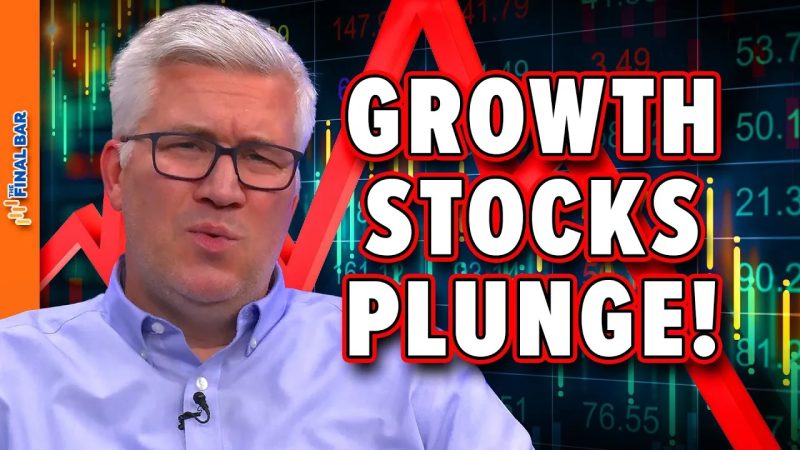The recent dip in the S&P 500 has triggered a wave of concern among investors and financial analysts alike. The decline in the index was particularly notable as it broke a key trendline that had been providing support to the market for an extended period. At the same time, growth stocks faced a significant plunge, further exacerbating the already precarious situation of the stock market.
The S&P 500 index, which is widely regarded as a barometer of the overall health of the U.S. stock market, took a hit as it broke below a crucial trendline that had been acting as a support level. The breach of this trendline signaled a potential shift in market sentiment and raised concerns about a possible trend reversal. Investors who closely follow technical analysis were quick to notice this development and adjust their investment strategies accordingly.
The decline in the S&P 500 was mirrored by a sharp drop in growth stocks, which are typically characterized by high valuations and rapid earnings growth. These stocks had been darlings of the market in recent years, attracting significant investor interest and driving much of the market’s gains. However, the recent sell-off in growth stocks indicated a change in investor sentiment, with many now opting to reduce their exposure to these high-flying investments.
The reasons behind the decline in growth stocks are manifold. Rising inflation concerns, uncertainty surrounding interest rate hikes, and fears of a potential economic slowdown have all contributed to the sell-off. Additionally, some high-profile earnings misses and downbeat guidance from tech giants have also played a role in dampening investor enthusiasm for growth stocks.
Despite the challenging market conditions, there are still opportunities for astute investors to navigate the current landscape successfully. Value stocks, which typically trade at lower valuations relative to their fundamentals, have outperformed growth stocks in recent weeks. These stocks may offer a safer harbor for investors looking to weather the storm and capitalize on potential market rebounds.
Furthermore, diversification across asset classes and geographies can help investors mitigate risk and maintain a balanced portfolio in volatile market conditions. By spreading their investments across different sectors and regions, investors can reduce the impact of any single market event on their overall portfolio performance.
In conclusion, the recent dip in the S&P 500 and the sell-off in growth stocks have rattled investors and raised questions about the future direction of the market. While the situation remains fluid and uncertainties persist, investors can take proactive steps to protect their investments and position themselves for long-term success. By staying informed, diversifying their portfolios, and remaining disciplined in their investment approach, investors can navigate turbulent market waters with greater confidence.

